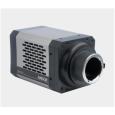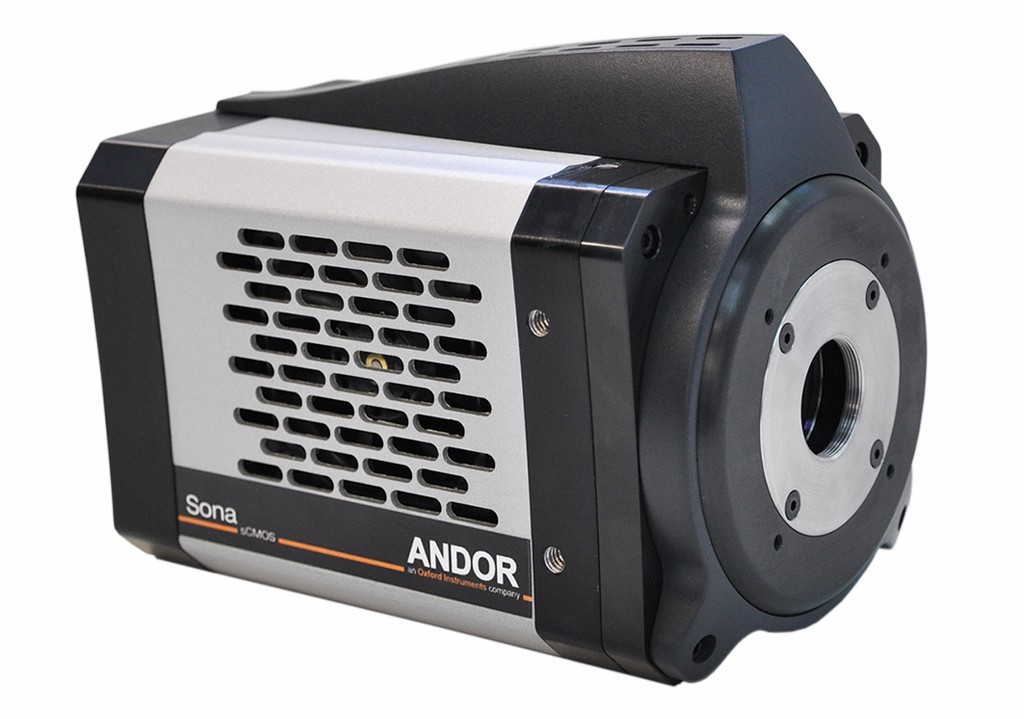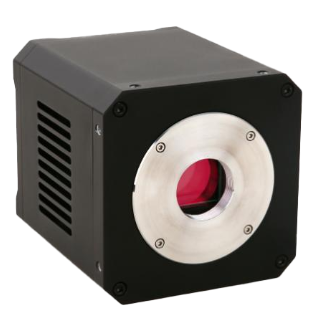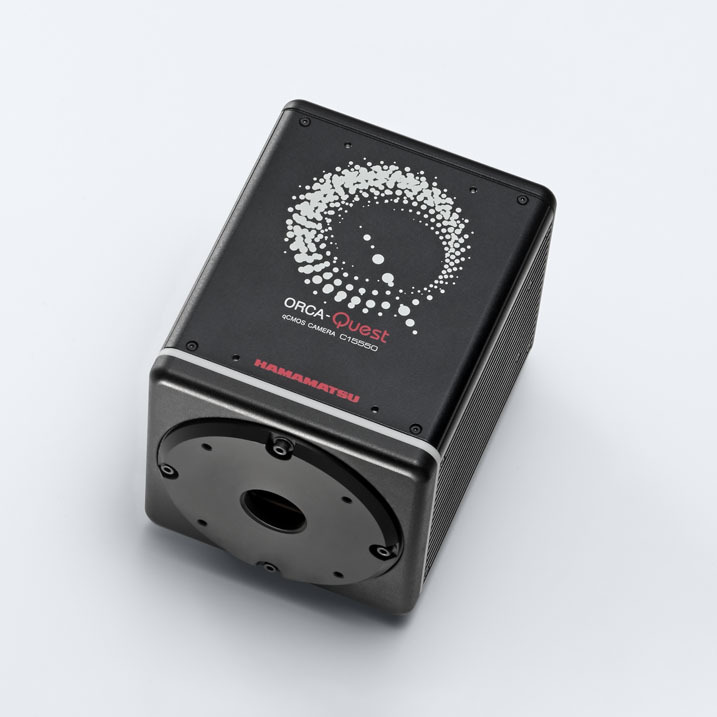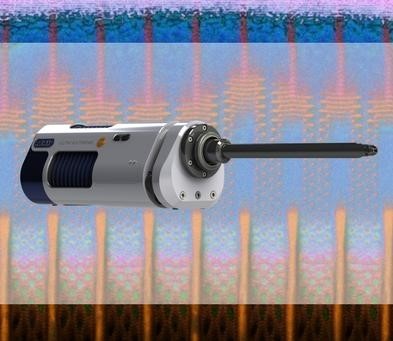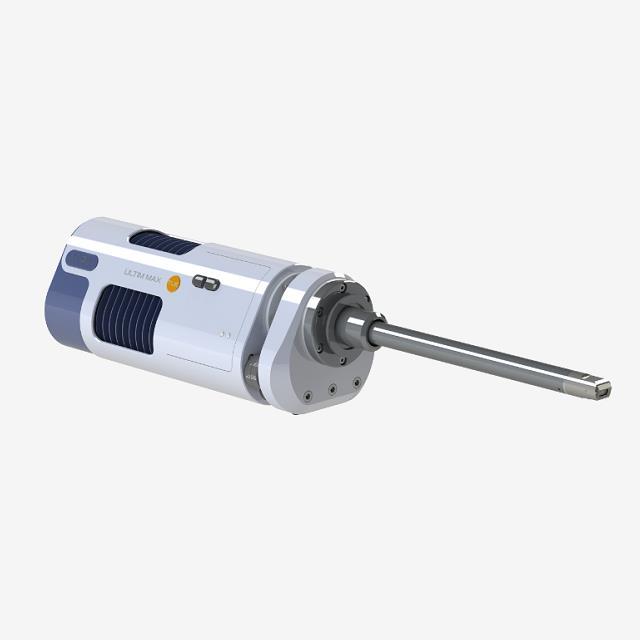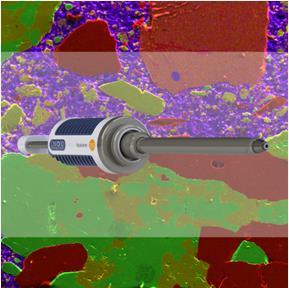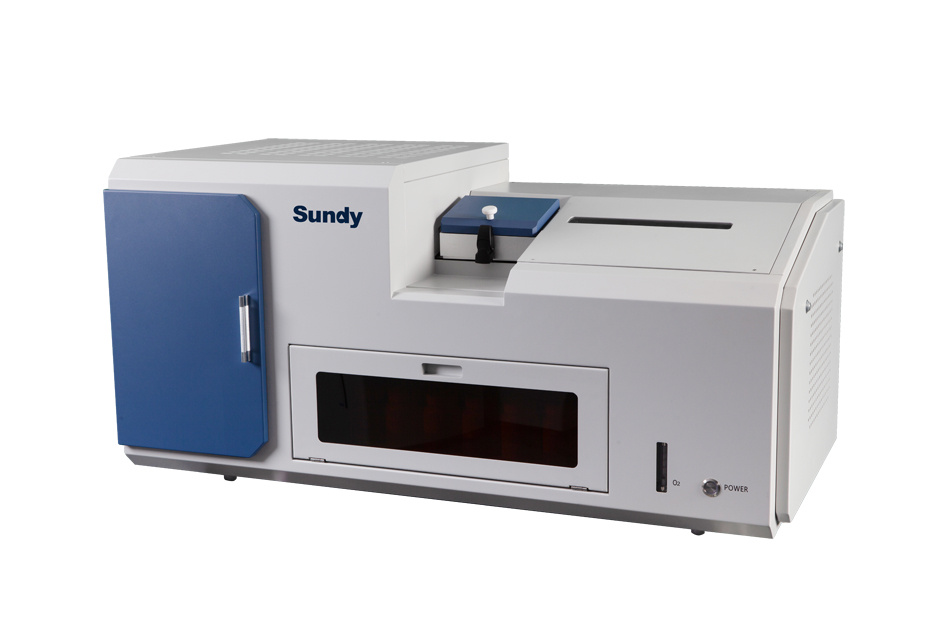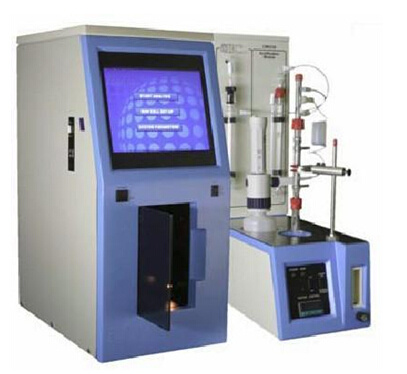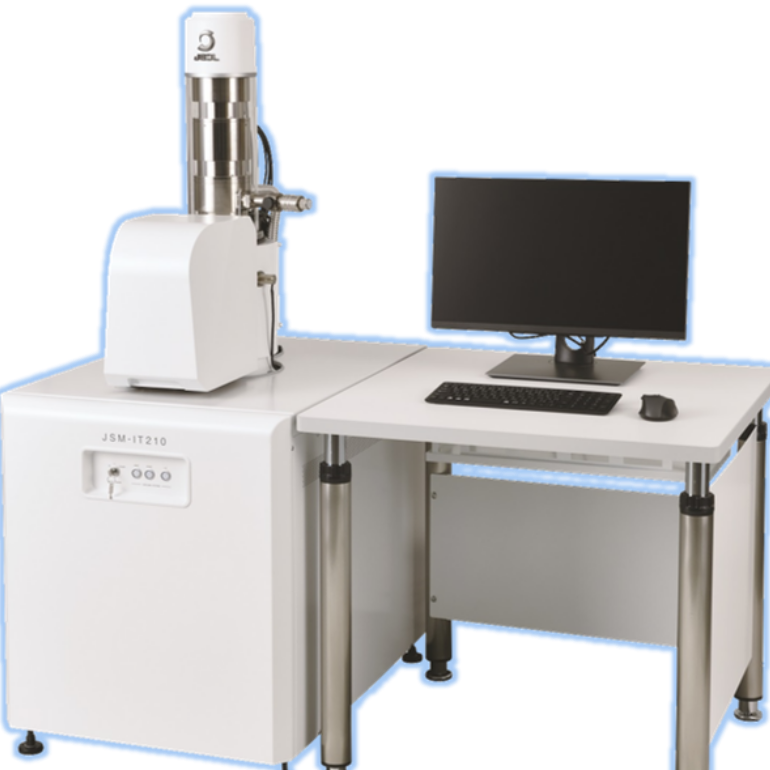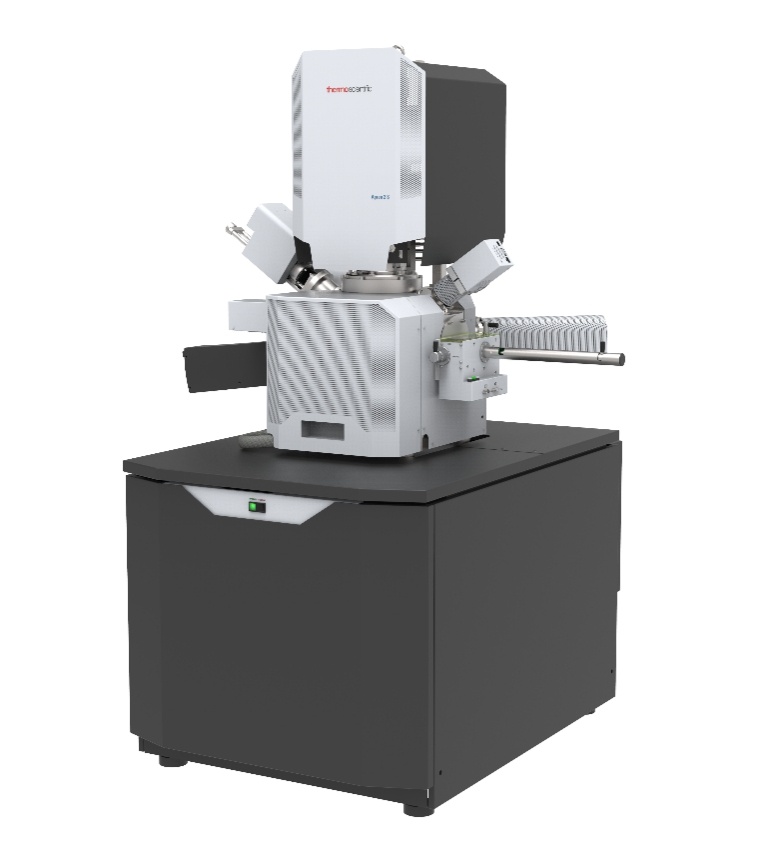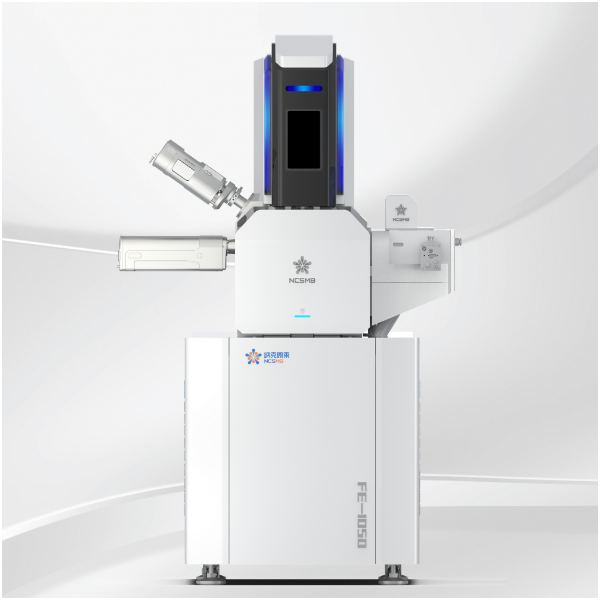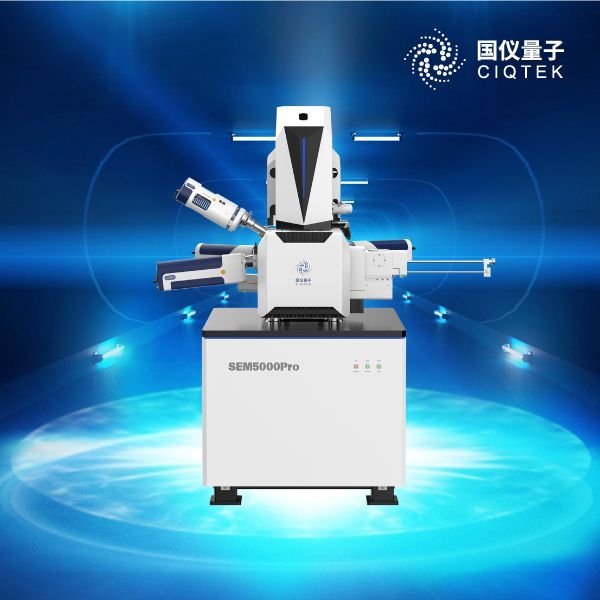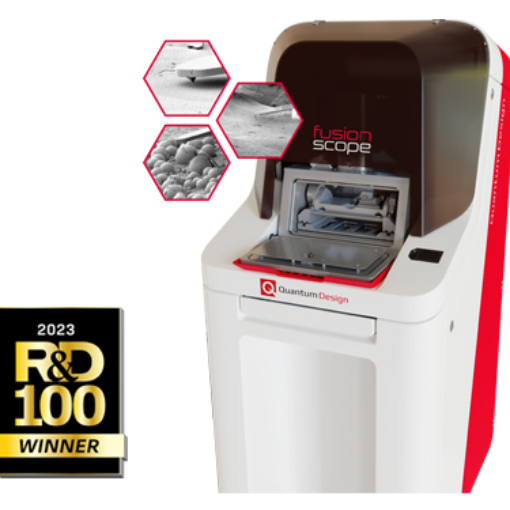方案详情
文
A detailed measurement of porosity, connectivity and fluid content is fundamental to the evaluation of a rock’s reservoir potential.
方案详情

OXFORDINSTRUMENTSThe Business ofScience@ Oxford Instruments 2019 岩芯分析 低孔隙度岩石的钻孔岩芯测井测量孔隙度、连通度和流体含量 A detailed measurement of porosity, connectivity andfluid content is fundamental to the evaluation of arock's reservoir potential. Nuclear’ nmagneticresonance (NMR) has for a long time been used inchemistry,physics and in clinical diagnosis, but hasalso been quickly taken up by the petroleum industry. .9R371N9 A key advantage of NMR over more conventional logging techniques is that it is not sostrongly affected by the mineralogy, but responds primarily to the presence of Hydrogen inpore fluids. Therefore it is an effective tool for measuring the volume, composition anddistribution of key fluids in the rock, namely oil, gas and water. However, NMR has extensivecapabilities and the latest GeoSpec NMR systems from Oxford Instruments and GreenImaging Technologies can quickly and accurately determine a host of other key parameters,such as the clay bound water (CBW), Free Fluid Index (FFI) and Bound Volume Irreducible(BVI). With the recent shift towards oil and gas exploration in shales, NMR analyses havebecome more challenging due to the lower porosity and significantly smaller pore sizecompared to sandstones. However, software and hardware developments have increasedboth sensitivity and resolution, and have resulted in the GeoSpec range becoming thepetroleum industry standard for routine NMR core analyses. The image above is a NMR T1-T2 map of a shale sample collected using the GeoSpec NMRsystem. The different clusters indicate 2 different fluid signals, and the difference in T1/T2ratio can be caused by a viscosity contrast, such as between heavy oil and water. A detailed measurement of porosity, connectivity and fluid content is fundamental to the evaluation of a rock’s reservoir potential. Nuclear magnetic resonance (NMR) has for a long time been used in chemistry, physics and in clinical diagnosis, but has also been quickly taken up by the petroleum industry. A key advantage of NMR over more conventional logging techniques is that it is not so strongly affected by the mineralogy, but responds primarily to the presence of Hydrogen in pore fluids. Therefore it is an effective tool for measuring the volume, composition and distribution of key fluids in the rock, namely oil, gas and water. However, NMR has extensive capabilities and the latest GeoSpec NMR systems from Oxford Instruments and Green Imaging Technologies can quickly and accurately determine a host of other key parameters, such as the clay bound water (CBW), Free Fluid Index (FFI) and Bound Volume Irreducible (BVI). With the recent shift towards oil and gas exploration in shales, NMR analyses have become more challenging due to the lower porosity and significantly smaller pore size compared to sandstones. However, software and hardware developments have increased both sensitivity and resolution, and have resulted in the GeoSpec range becoming the petroleum industry standard for routine NMR core analyses.
确定
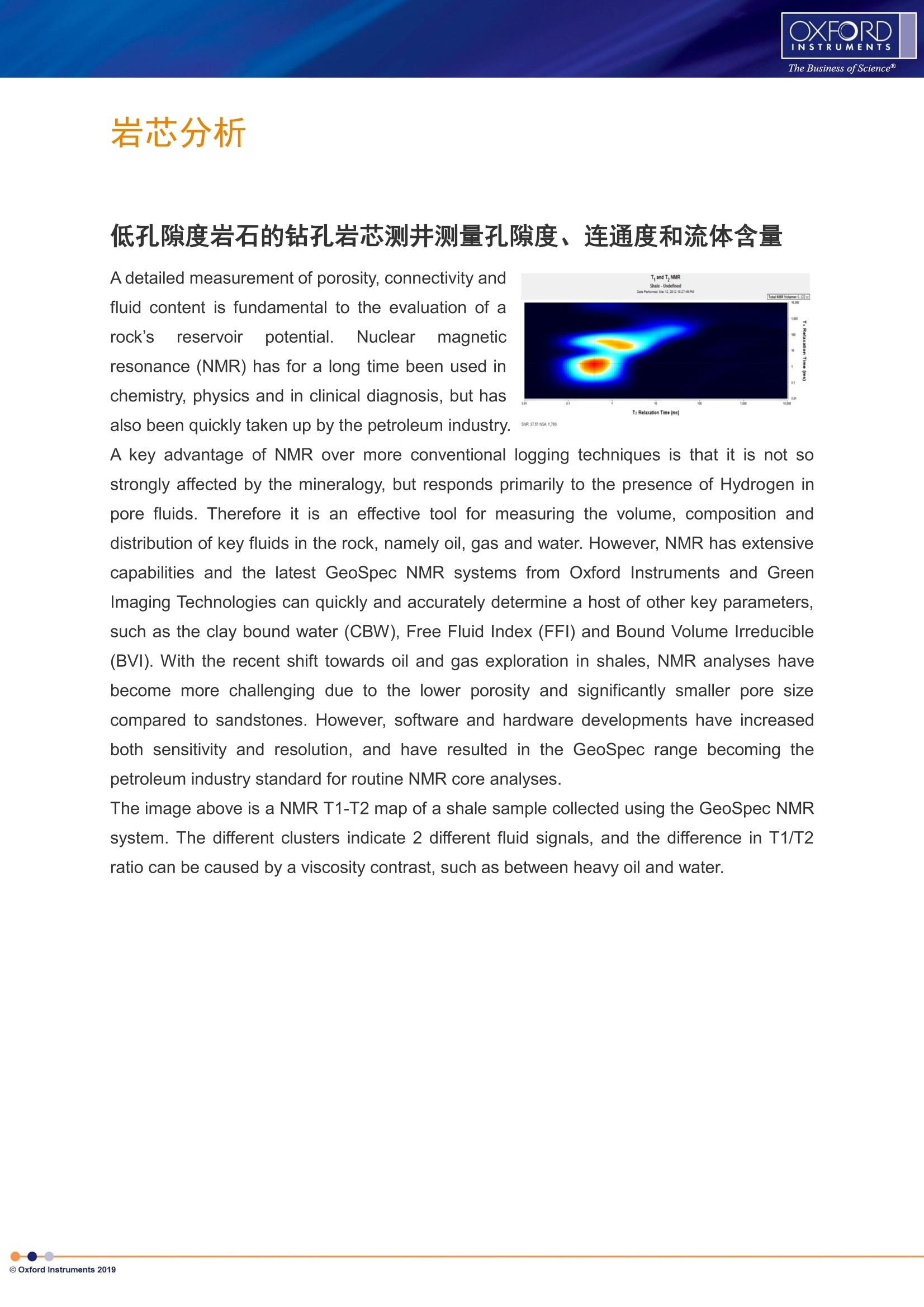
还剩1页未读,是否继续阅读?
牛津仪器科技(上海)有限公司为您提供《岩芯中评估岩石储层潜力检测方案(CCD相机)》,该方案主要用于非金属矿产中评估岩石储层潜力检测,参考标准--,《岩芯中评估岩石储层潜力检测方案(CCD相机)》用到的仪器有牛津仪器相机Andor iKon-XL CCD、牛津仪器背照式sCMOS相机Andor Marana、牛津仪器Ultim Extreme无窗超级能谱、牛津仪器Azteclive能谱实时元素成像系统、电镜专用自动清洁度分析系统---牛津仪器AZtecFeature
推荐专场
CCD相机/影像CCD
更多
相关方案
更多











